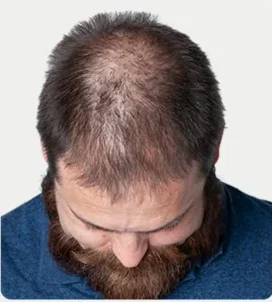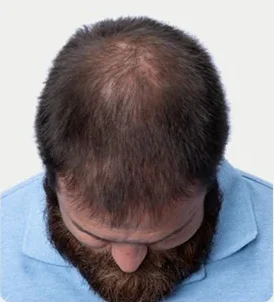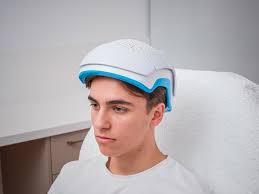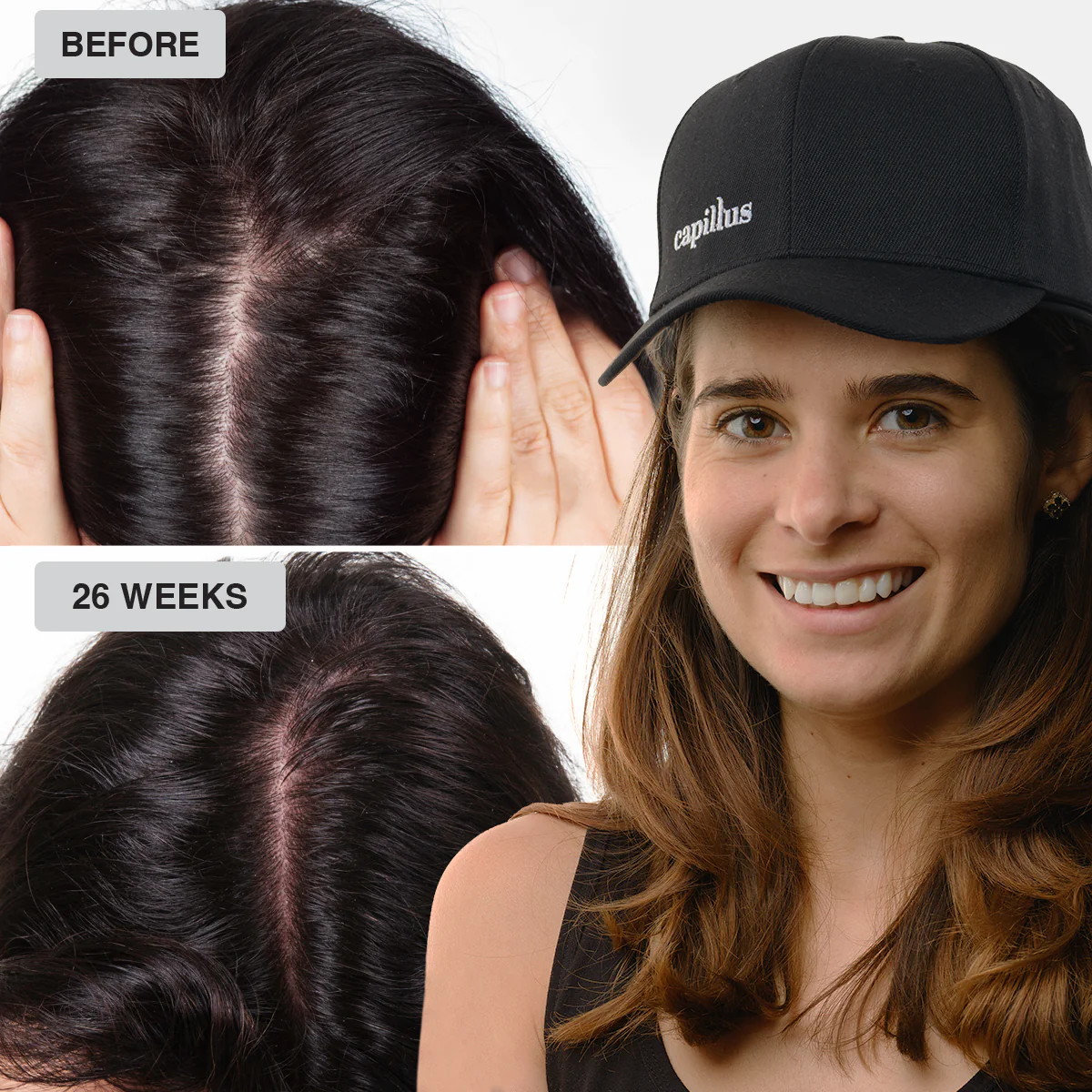Laser Helmet for Hair Growth: A Comprehensive Guide
What is a Hair Regrowth Helmet?
A hair regrowth helmet is a wearable device that uses low-level laser therapy (LLLT) to stimulate hair follicles, boost circulation in the scalp, and promote hair growth.
It’s a hands-free, non-invasive, and drug-free option for men and women with mild to moderate hair loss.
How Laser Helmets Work
- Stimulates Follicles: LLLT delivers a specific wavelength of red light to the scalp, reactivating dormant hair follicles and prolonging the growth phase.
- Increases Circulation: The therapy helps increase blood flow and microcirculation to the scalp, providing essential nutrients and oxygen to the hair follicles.
- Improves Hair Quality: Regular use can result in thicker, stronger, and healthier hair.
Important Considerations
- Consistency is Key: Results from laser helmet therapy require consistent use over several months.
- Effectiveness Varies: LLLT is most effective for individuals with minimal to moderate hair loss.
- Laser Diodes vs. LEDs: Devices with more laser diodes tend to be more effective than those relying heavily on LEDs.
- FDA Clearance: Look for devices that are FDA-cleared, which indicates they have undergone testing for safety and efficacy.
- Cost: Laser helmets are a significant investment, with prices ranging from tens of thousands of rupees and upward.
How it Works
Light penetration and absorption
The helmet’s lasers emit red or infrared light that penetrates the scalp to a depth of several millimeters. This light energy is absorbed by the cells within the hair follicles, particularly the mitochondria, which are the cells’ energy centers.
Cellular stimulation:
Absorbing this light increases the cells’ energy production (ATP), stimulating metabolic activity. This process is believed to help activate dormant or weakened hair follicles.
Improved circulation and growth cycle
The increased cellular activity promotes better blood flow and microcirculation in the scalp, ensuring hair follicles receive more oxygen and nutrients essential for growth. LLLT also helps extend the anagen (active growth) phase of the hair cycle.
Hair regrowth
By boosting cellular energy, increasing circulation, and prolonging the growth phase, LLLT helps reverse the miniaturization of hair follicles caused by androgenetic alopecia. This leads to the growth of thicker, fuller, and healthier hair over time.



